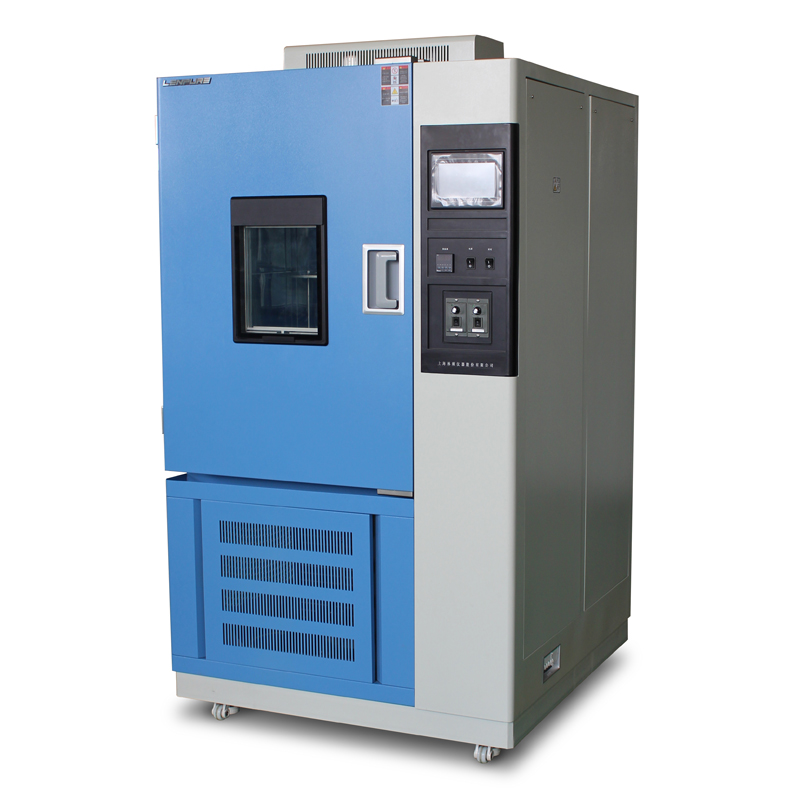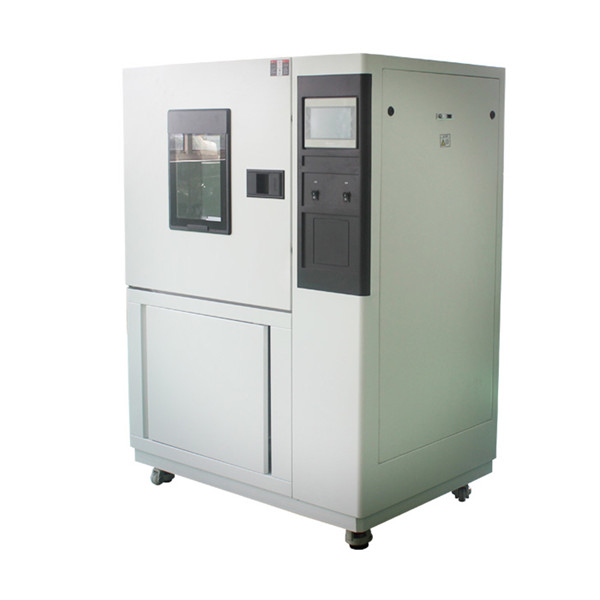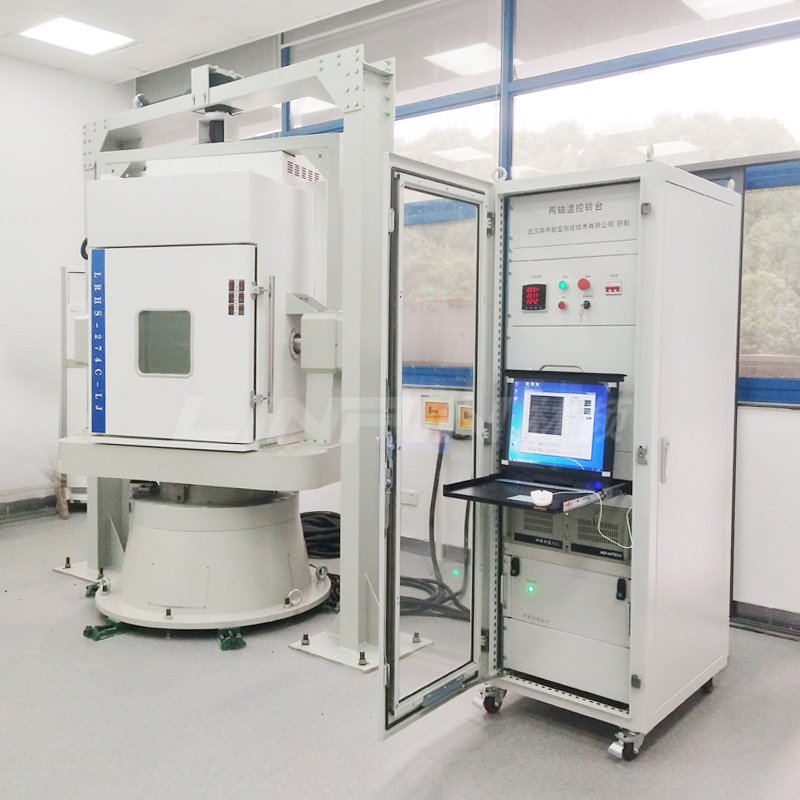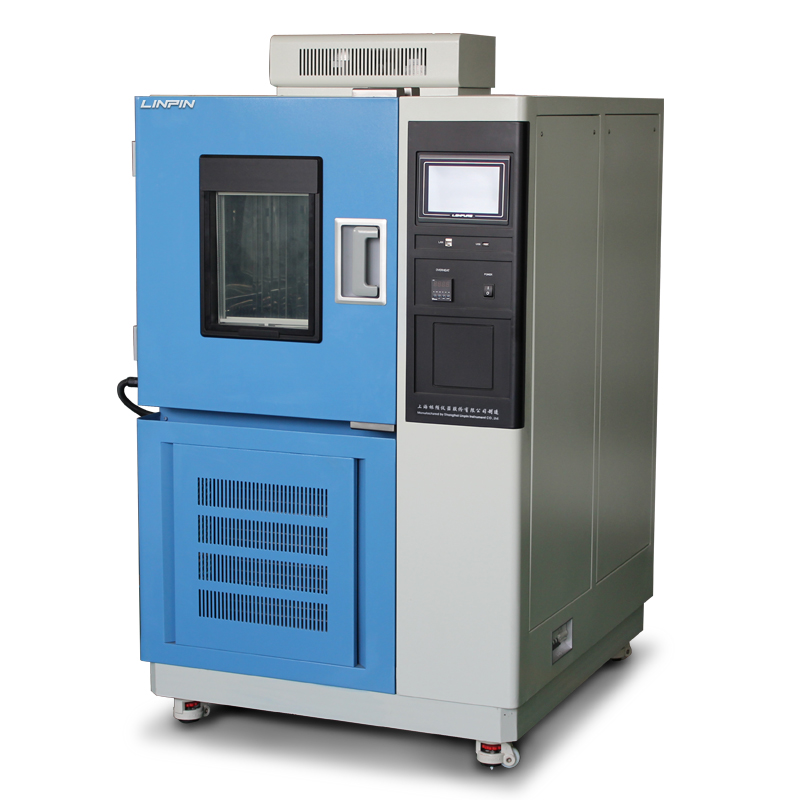Ozone Aging Chambers in the Semiconductor Industry: Real-World Success Stories
Author:LINPIN Update Time:2025-08-29 Source:LINPINIn the race to push semiconductor performance ever higher, the long-term stability of every material used—substrates, encapsulants, coatings, even adhesives—has become a decisive competitive edge. Ozone aging chambers give manufacturers a fast, reliable way to measure how those materials stand up to ozone attack, so they can predict field life and keep quality problems from ever reaching a customer. Below are three case studies that show how leading companies have turned ozone testing into concrete commercial advantage.
Case Study 1 – Protecting Active Devices from Early Failure
A global tier-1 IDM noticed sporadic field failures in high-reliability sensor modules used in outdoor telecom equipment. Root-cause analysis pointed to ozone cracking in the polymer over-mold. The reliability team set up an ozone aging chamber (200 pphm O₃, 40 °C, 70 % RH) to screen five candidate molding compounds plus two conformal coatings. After 168 h, one bio-based epoxy coating showed no measurable loss of flexural strength or insulation resistance, while the incumbent coating lost 35 % of both. Switching to the winning material cut the 18-month return rate from 1.2 % to 0.1 % and opened the door to a three-year warranty program that competitors could not match.
A global tier-1 IDM noticed sporadic field failures in high-reliability sensor modules used in outdoor telecom equipment. Root-cause analysis pointed to ozone cracking in the polymer over-mold. The reliability team set up an ozone aging chamber (200 pphm O₃, 40 °C, 70 % RH) to screen five candidate molding compounds plus two conformal coatings. After 168 h, one bio-based epoxy coating showed no measurable loss of flexural strength or insulation resistance, while the incumbent coating lost 35 % of both. Switching to the winning material cut the 18-month return rate from 1.2 % to 0.1 % and opened the door to a three-year warranty program that competitors could not match.
Case Study 2 – Extending the Life of Advanced IC Packages
A fabless house specializing in 2.5-D packages needed to qualify a new low-warpage mold compound for automotive radar chips. Although the material passed JEDEC moisture and reflow tests, ozone exposure during shipping in high-altitude cargo holds introduced latent cracks. Using a controlled ozone aging protocol (50 pphm, 55 °C, 7 days) the packaging engineers found an 18 % drop in interfacial fracture toughness. They reformulated the compound with a hindered-amine stabilizer and retested; the drop was reduced to 4 %. The revised material is now the standard for every automotive-grade package shipped by the company, saving an estimated USD 2.4 M in warranty claims annually.
A fabless house specializing in 2.5-D packages needed to qualify a new low-warpage mold compound for automotive radar chips. Although the material passed JEDEC moisture and reflow tests, ozone exposure during shipping in high-altitude cargo holds introduced latent cracks. Using a controlled ozone aging protocol (50 pphm, 55 °C, 7 days) the packaging engineers found an 18 % drop in interfacial fracture toughness. They reformulated the compound with a hindered-amine stabilizer and retested; the drop was reduced to 4 %. The revised material is now the standard for every automotive-grade package shipped by the company, saving an estimated USD 2.4 M in warranty claims annually.

Case Study 3 – Safeguarding High-Performance Optoelectronics
A photonics start-up manufacturing InGaAs-based avalanche photodiodes saw a gradual 8 % decline in responsivity after only six months in data-center environments. An ozone aging study (100 pphm, 30 °C, 30 days) revealed that the silicone encapsulant was oxidizing, creating micro-cracks that scattered incoming light. The team trialed a fluorinated polyimide window layer that survived the same test with <1 % degradation. The improved device now meets Telcordia GR-468 reliability without hermetic sealing, cutting packaging cost by 12 % and enabling entry into cost-sensitive 5G fronthaul markets.
Key Takeaways for the Industry
• Ozone is an under-appreciated stressor in plastic-encapsulated semiconductors, especially for outdoor, automotive, and aerospace applications.
• A 7–14 day ozone aging test, run early in material selection, can flag weak points long before expensive qualification cycles begin.
• Data from ozone chambers translate directly into warranty savings, faster customer approvals, and the freedom to innovate with new, lighter, or lower-cost materials.
• Ozone is an under-appreciated stressor in plastic-encapsulated semiconductors, especially for outdoor, automotive, and aerospace applications.
• A 7–14 day ozone aging test, run early in material selection, can flag weak points long before expensive qualification cycles begin.
• Data from ozone chambers translate directly into warranty savings, faster customer approvals, and the freedom to innovate with new, lighter, or lower-cost materials.
As process nodes shrink and products are pushed into ever harsher environments, ozone aging chambers are moving from “nice to have” to “must have.” The companies that integrate ozone testing into their standard reliability workflow today will be the ones defining tomorrow’s quality benchmarks.





